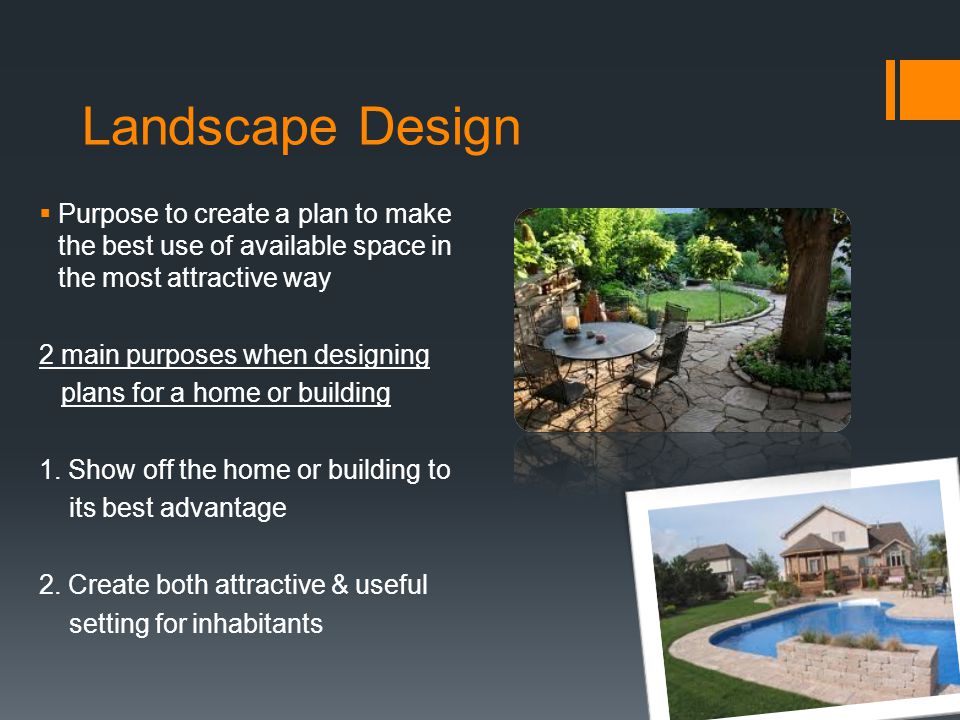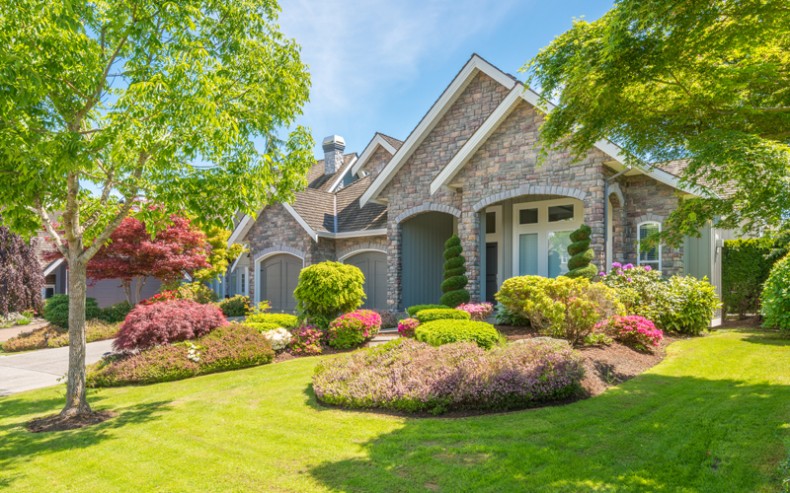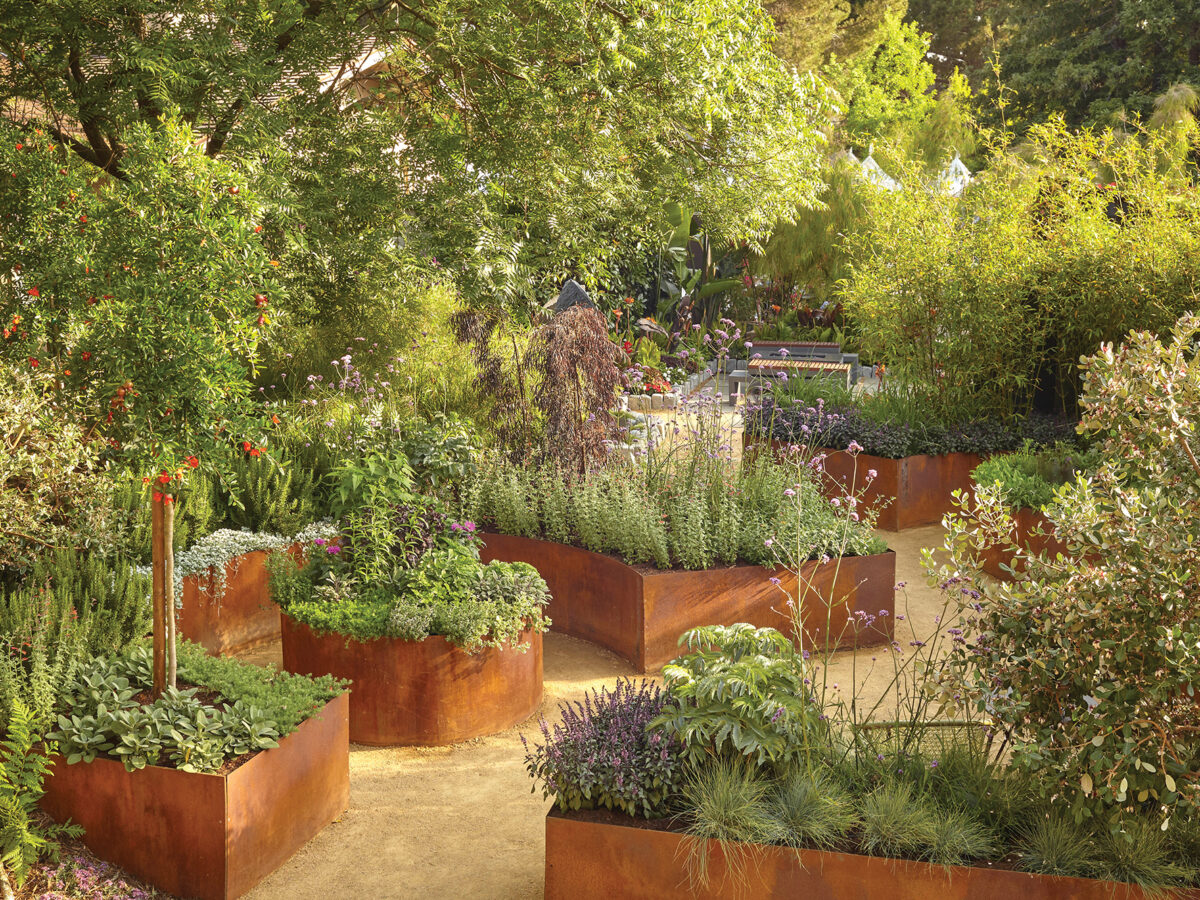Hilton Head Landscapes Fundamentals Explained
Hilton Head Landscapes Fundamentals Explained
Blog Article
The smart Trick of Hilton Head Landscapes That Nobody is Talking About
Table of ContentsSee This Report about Hilton Head LandscapesFacts About Hilton Head Landscapes UncoveredThe Greatest Guide To Hilton Head LandscapesMore About Hilton Head LandscapesThe Ultimate Guide To Hilton Head LandscapesHilton Head Landscapes - QuestionsIndicators on Hilton Head Landscapes You Need To KnowA Biased View of Hilton Head Landscapes
Kind compatibility is additionally a significant element of unity in designone or two noticeably different forms benefit comparison and focus, yet usually all various other kinds need to have some resemblances for a merged appearance. Structure refers to how coarse or fine the surface area of the plant or hardscape material feels and/or looks.
Examples of plants with rugged texture include philodendrons, agaves, bromeliads, hollies, hands, and hydrangeas. Hardscape with rugged texture consists of rough-cut stone, rough-finished block, and incomplete timber with knots and an increased grain. Aged or old building product that keeps a weather-beaten surface area is commonly rugged in structure. Qualities that create fine texture consist of small foliage; slim, strappy leaves (grasses) or high, slim stems; tiny, thick twigs and small branches; long stems (creeping plants); and tiny, fragile flowers.
Hilton Head Landscapes Things To Know Before You Get This
A lot of plants are moderate appearance, in that they can not be referred to as having either crude or great texture. They are identified by medium-sized fallen leaves with straightforward forms and smooth sides. The average-sized branches are not densely spaced nor extensively spaced, and the overall form is normally rounded or mounding. Medium-textured plants function as a background to link and combine the rugged- and fine-textured plants.

To make a space feel smaller, put the rugged appearances along the external border and the fine textures closest to the audience. The detail of the rugged structure makes the plants show up closer and makes the area really feel smaller. The viewed structure of plants can additionally change with the distance from the plant.
The Ultimate Guide To Hilton Head Landscapes
Vibrant colors enhance the contrast and make the appearance show up coarser, while muted shades can squash structure. Hardscape with a coarse texturesuch as very harsh rocks and strong, large timberstends to make all plant product show up much more medium distinctive. Designers commonly establish a texture research (Figure 8) theoretically to assist decide the setup of plant products.
Shade in plant material and hardscape adds passion and range to the landscape. Color is the most conspicuous component in the landscape and is typically the emphasis of many home owners; nevertheless, it is additionally the most short-term component, usually lasting just a couple of weeks a year for individual plants.
Hilton Head Landscapes for Dummies
A simple summary of the shade wheel consists of the 3 key colors of red, blue, and yellow; the three secondary colors (a mix of two primaries) of eco-friendly, orange, and violet; and 6 tertiary shades (a mix of one nearby key and second color), such as red-orange. Shade concept explains the partnership of shades per various other and how they ought to be used in a structure.

Analogous (often called unified) color design are any type of three to 5 shades that are surrounding on the shade wheel, such as red, red-orange, orange, yellow-orange, and yellow, or blue, blue-violet, and violet (Landscaping bluffton sc). The shades are related to each other since they commonly consist of two primary colors mixed to develop a second and 2 link tertiary shades, which means they share typical homes
They often tend to have high contrast between them. The most common sets are violet and yellow, red and green, and blue and orange. Complementary shades are often found naturally in flowers; a common pair is yellow and violet. Shade is found in the flowers, foliage, bark, and fruit of plants.
The Ultimate Guide To Hilton Head Landscapes
Environment-friendly foliage in all its numerous shades is the leading color by amount, but various other colors record interest quicker since of their high contrast to the shade green. Shade is also located in structures, rocks, pavers, timber, and furniture. A lot of colors in natural products, such as stone and timber, are normally muted and have a tendency to be variations of brown, tan, and light yellow.
Colors have residential properties that can affect emotions, spatial perception, light quality, balance, and emphasis. Cool colors tend to be relaxing and need to be used in areas for leisure and tranquility.
The Single Strategy To Use For Hilton Head Landscapes
The "temperature level" of shades can also affect the assumption of distance. Amazing colors tend to decline and are regarded as being farther away, making a space really feel larger. Warm shades have a tendency to advance and are regarded as being more detailed, making an area feel smaller sized. Color can also be utilized to capture focus and direct views.
For instance, intense yellow, which has the highest possible intensity, additionally has a high contrast with all various other colors (often called a "pop" of color) and need to be conserved. A tiny amount of intense shade has as much visual weight as a big quantity of a more restrained or weak color.
Comparable (in some cases called unified) shade schemes are any type of 3 to 5 shades that are adjacent on the color wheel, such as red, red-orange, orange, yellow-orange, and yellow, or blue, blue-violet, and violet. The shades relate to each other since they generally consist of 2 key colors blended to form a second and 2 tertiary colors, which implies they share typical homes.
Little Known Facts About Hilton Head Landscapes.
Corresponding shades are commonly discovered naturally in flowers; an usual set is yellow and violet. Color is found in the blossoms, vegetation, bark, and fruit of plants.
Environment-friendly vegetation in all its numerous shades is the dominant shade by quantity, but various other colors capture focus extra conveniently since of their high contrast to the color green - landscaping hilton head sc - https://www.domestika.org/en/stevenagonzales. Color is likewise found in structures, rocks, pavers, wood, and furnishings. A lot of colors in all-natural materials, such as rock and wood, are generally low-key and often tend to be variations of brownish, tan, and pale yellow
Hilton Head Landscapes for Dummies
Color is an important aspect for developing interest and range in the landscape. Shades have residential properties that can influence emotions, spatial understanding, light top quality, balance, and emphasis. One property of color is explained loved one to temperaturecolors show up to be amazing or cozy and can influence feelings or sensations. Awesome shades often tend to be calming and ought to be made use of in locations for relaxation and tranquility.
Amazing colors have a tendency to recede and are regarded as being further away, making an area feel larger. Shade can additionally be utilized to catch attention and straight sights - https://www.quora.com/profile/Steven-Gonzales-256.
Intense yellow, which has the greatest intensity, additionally has a high comparison with all other shades (commonly described as a "pop" of shade) and must be utilized sparingly. A small quantity of intense shade has as much aesthetic weight as a big quantity of an extra restrained or weaker shade.
Report this page